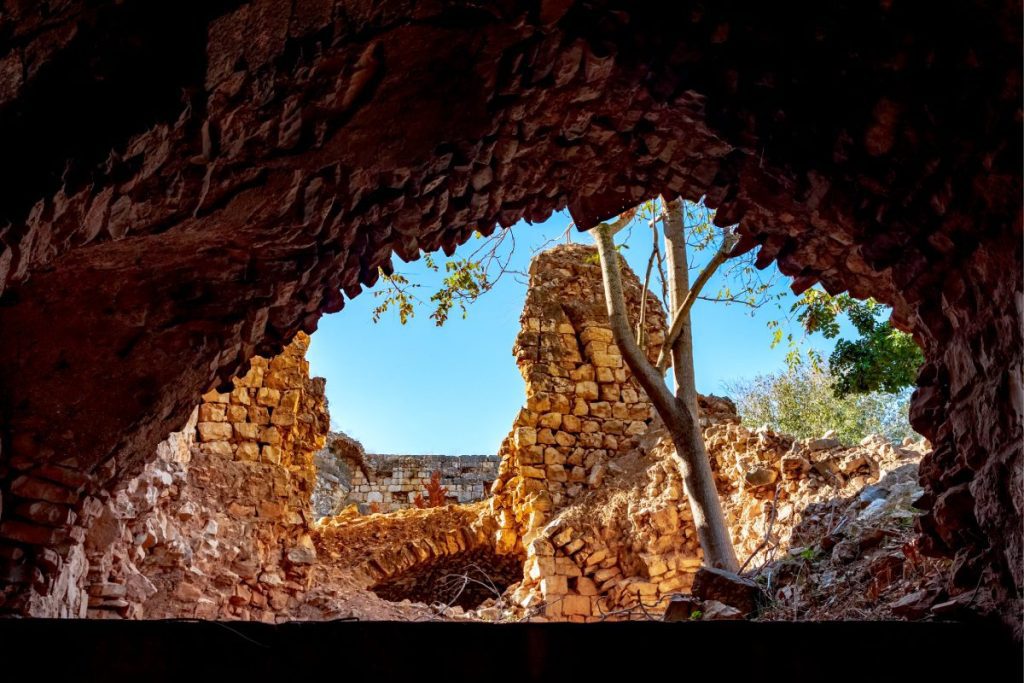The Order of Brothers of the German House of Saint Mary in Jerusalem also commonly known as the Teutonic Order is a Catholic religious order founded as a military order c. 1192 in Acre, Kingdom of Jerusalem. The Teutonic Order was one of the three major military orders that operated in the Kingdom of Jerusalem during the Crusades.
The order was founded in Acre in 1198 as a military order, after initially operating as a lodging; hospital, and prayer house for German-speaking pilgrims who joined the Crusades in Israel. Their unique clothing was white capes and their emblem was a black cross. The activities of the order were concentrated in two centers: one center took place in the territory of the Crusader Kingdom of Jerusalem and another center took place in the colonies of the order in northern Europe, Germany, and the Baltic countries.
Teutonic Orders: Military Orders
The ideology of the Order of the Templars, as formulated in their law1128; fused together two ideals that were prevalent in medieval society: the ideal of chivalry and the ideal of monasticism. This was a new phenomenon in the annals of Christian Europe, as the thousand-year-old Christian tradition was in principle opposed to war and bloodshed. It was the Crusades to the Holy Land that enabled the idea of a Knights-Monks order to grow in that the Church granted them for the first time the right to engage in the fighting profession by defining its moral-religious goals.
The Teutonic Order In The Holy Land
In 1127, a couple of German philanthropists established a hospital, a hostel, and a prayer building for German pilgrims in Jerusalem. It was a distinct urban complex that provided a solution for pilgrims who spoke the German language and did not mix with the Frankish population. The place is named after St. Mary, who became the protector of the establishment in Jerusalem. The conquest of Jerusalem in 1187 by the Muslims in the battle of Horns of Hittin put an end to the activities of the establishment.
The activities of the Order among the Crusader Kingdom of Jerusalem contributed greatly to the establishment of its military and administrative institutions, and a center for the study of doctrines of fortification and fortification which later contributed to the development and intensification of the Order throughout Europe. The main outpost of the order was the Monfort Fortress, which also served as its headquarters in the 13th century.
More About The Teutonic Order
Furthermore, the Teutonic Order took an active part in the fighting events in the Frankish East and in the historical events that took place in the Crusader kingdom. In the first half of the 13th century, the Order took part in the Fifth Crusade (1217-1221) and the conquest of Damietta in Egypt and gained much recognition and appreciation for its military capability and determination on the battlefield.
Also in 1228, the Teutonic Order accompanied the journey of Emperor Frederick II to the east, and in 1229 stood by him at the signing of the Treaty of War in Jaffa with the Egyptian Sultan al-Kamel and even attended his coronation ceremony for King of Jerusalem in the Church of the Holy Sepulcher. The fighters of the order fought at the Battle of Gaza in 1239, at the Battle of Hiribya in 1244; and also accompanied the voyages of King Louis IX of France in Egypt in 1249 and of the English Prince Edward of the Galilee in 1271. On that year, July 4, they lost their main stronghold. Monfort Fortress, which was conquered by the Mamluk Sultan Baibars.
Lastly, known Fortresses and churches in the Land of Israel belonging to them are the Monfort; Yehiam Fortress; King’s Fortress (Mi’ilya), and Church of Mary of the Germans in Jerusalem.








